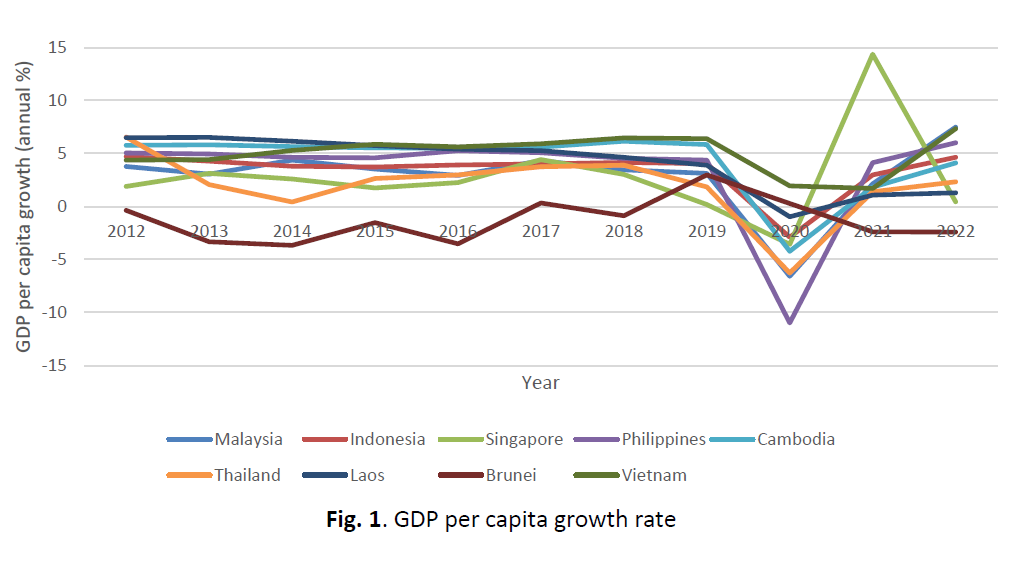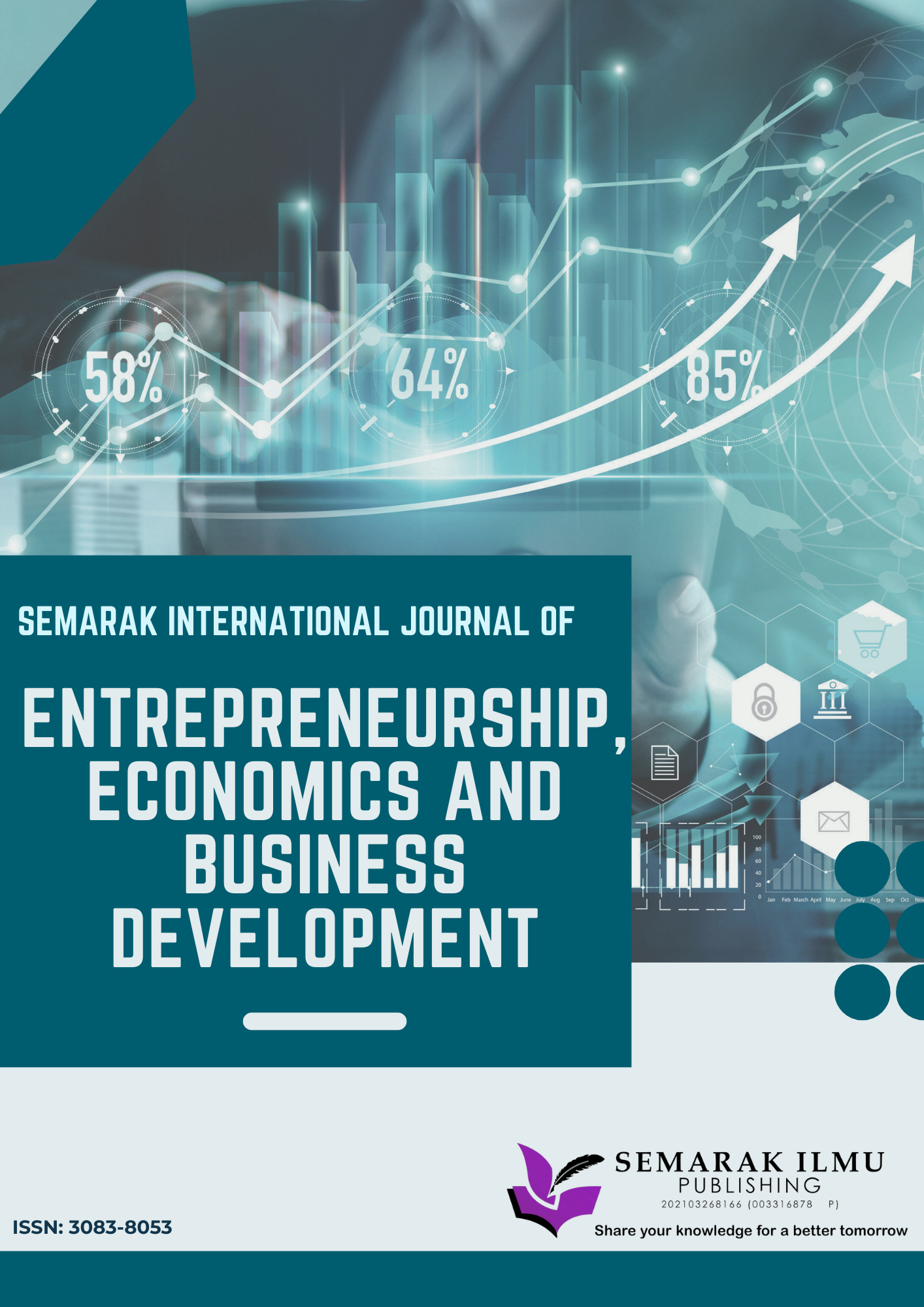Bridging the Gender Gap: The Impact of Education, Labor Participation, and Political Representation on ASEAN’s Economic Growth
DOI:
https://doi.org/10.37934/sijeebd.4.1.6182Keywords:
ASEAN, economic growth, gender inequalities, gender parity, female labor force, panel data, women in parliamentsAbstract
Gender inequality remains a critical challenge in achieving inclusive and sustainable economic growth, particularly in developing regions like ASEAN. Despite progress in closing gender gaps, disparities persist in education, labour market participation, and political representation, which can significantly impact economic development. Addressing these issues is crucial for achieving the Sustainable Development Goals (SDGs), particularly Goal 5 (Gender Equality) and Goal 8 (Decent Work and Economic Growth). This study examines the effects of gender inequalities on economic growth across nine ASEAN countries using cross-country and panel regression analyses. We utilize data from the World Bank Development Indicators database for the years 2012–2022. ASEAN was selected due to its notable advancements in gender-related policies and the region's growing economic influence. The findings demonstrate that gender equality in tertiary education has a significant positive impact on economic performance. Similarly, reducing the gender gap in labour market participation fosters economic growth. However, our results reveal a strong negative relationship between women’s parliamentary representation and economic growth, suggesting that despite increased female political participation, structural barriers may hinder their ability to drive economic policies effectively. This study highlights the importance of narrowing gender gaps in education and employment to enhance economic expansion. The findings provide valuable insights for policymakers, emphasizing the need to implement gender-inclusive strategies that support sustainable development across ASEAN economies. By addressing gender disparities, ASEAN countries can accelerate progress toward long-term economic resilience and sustainable development.










